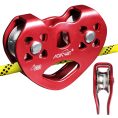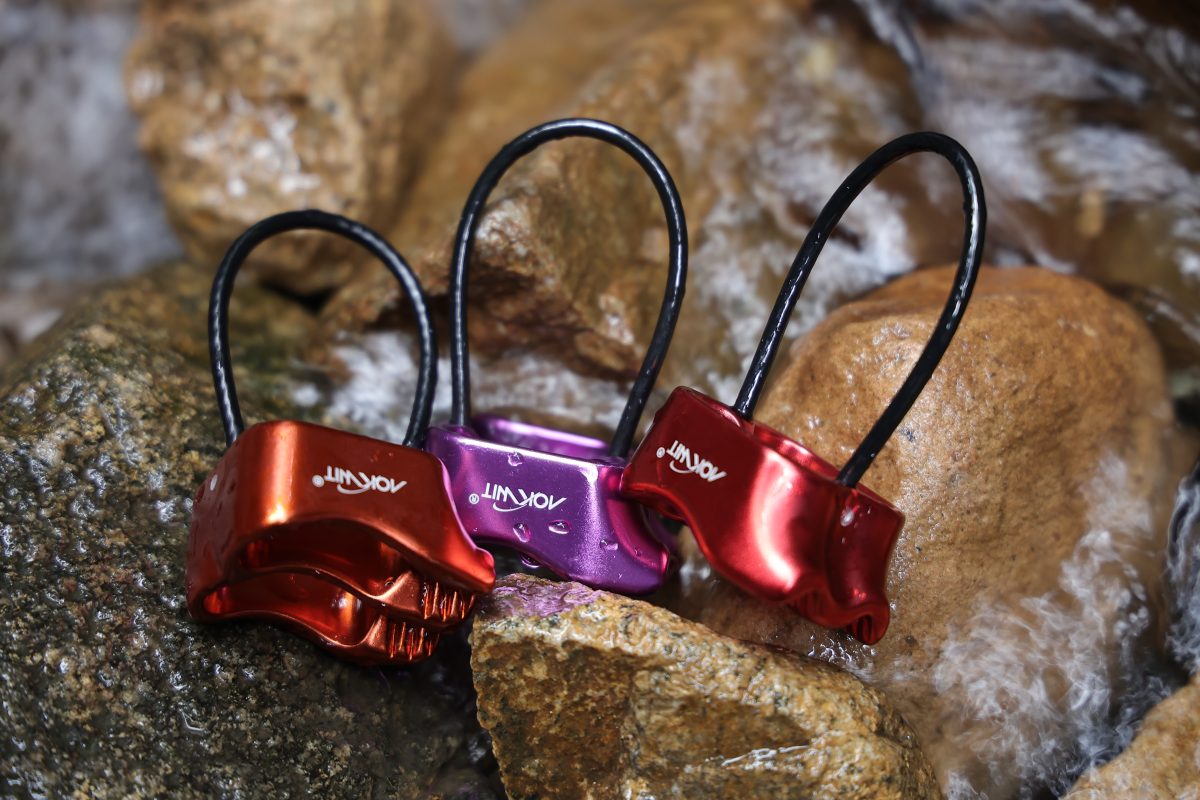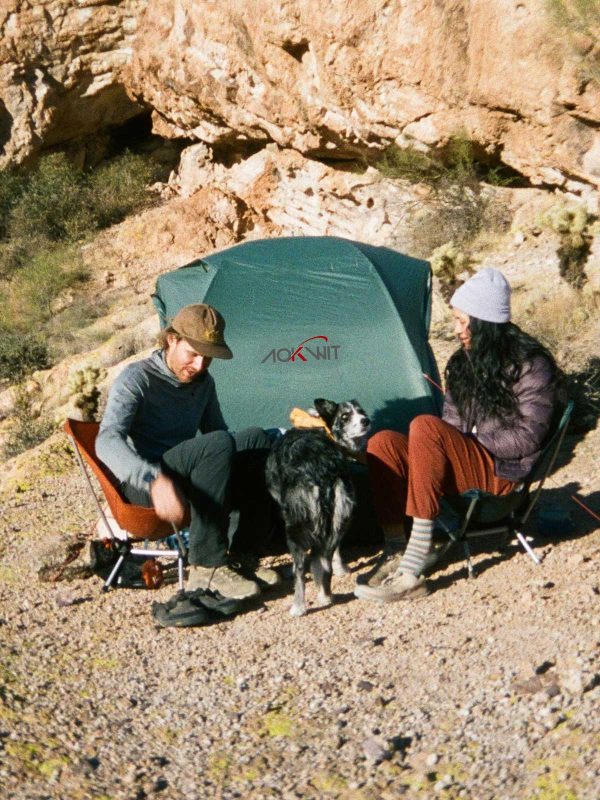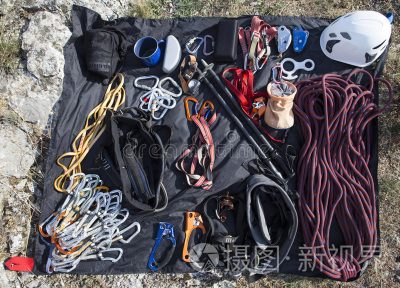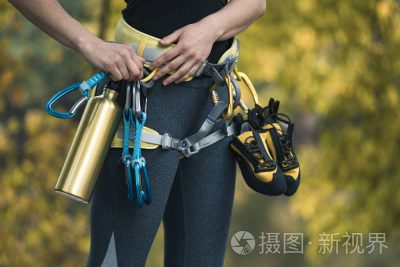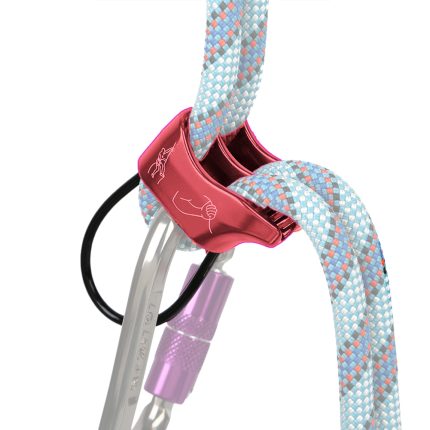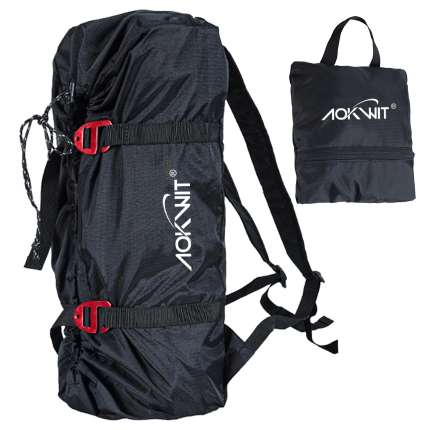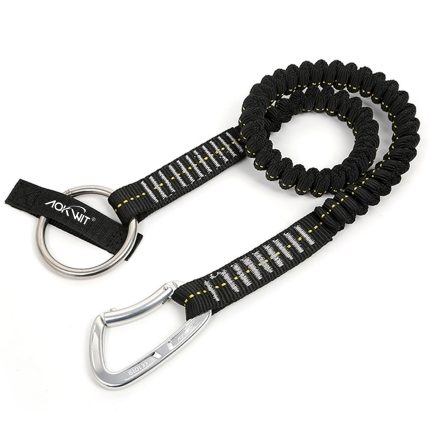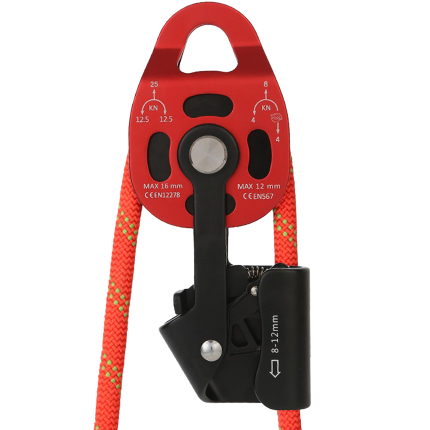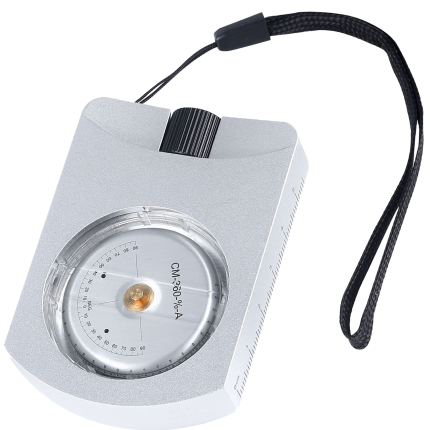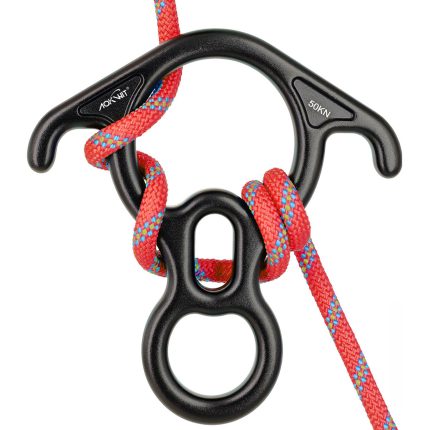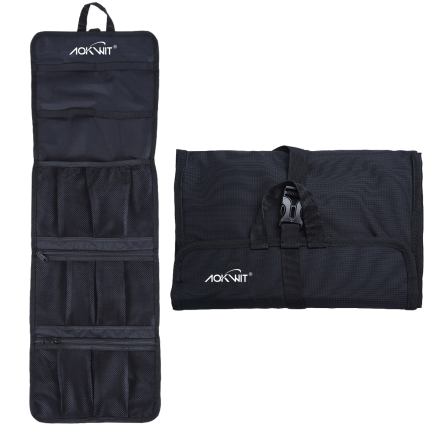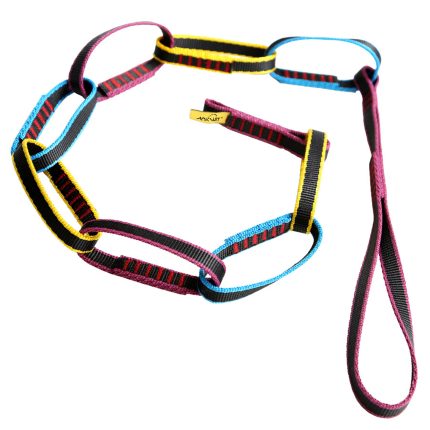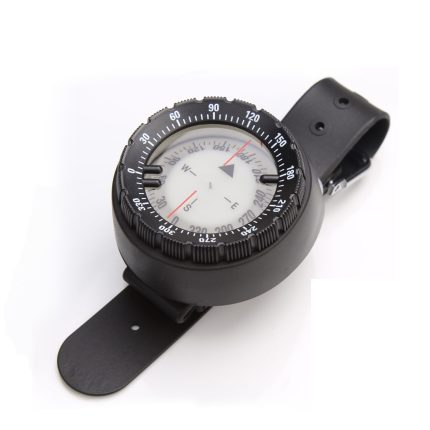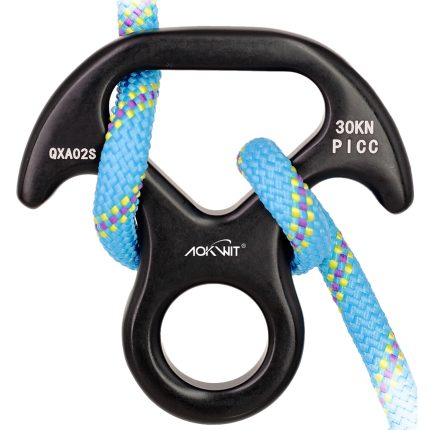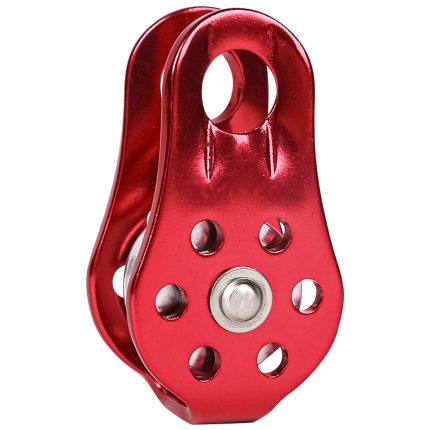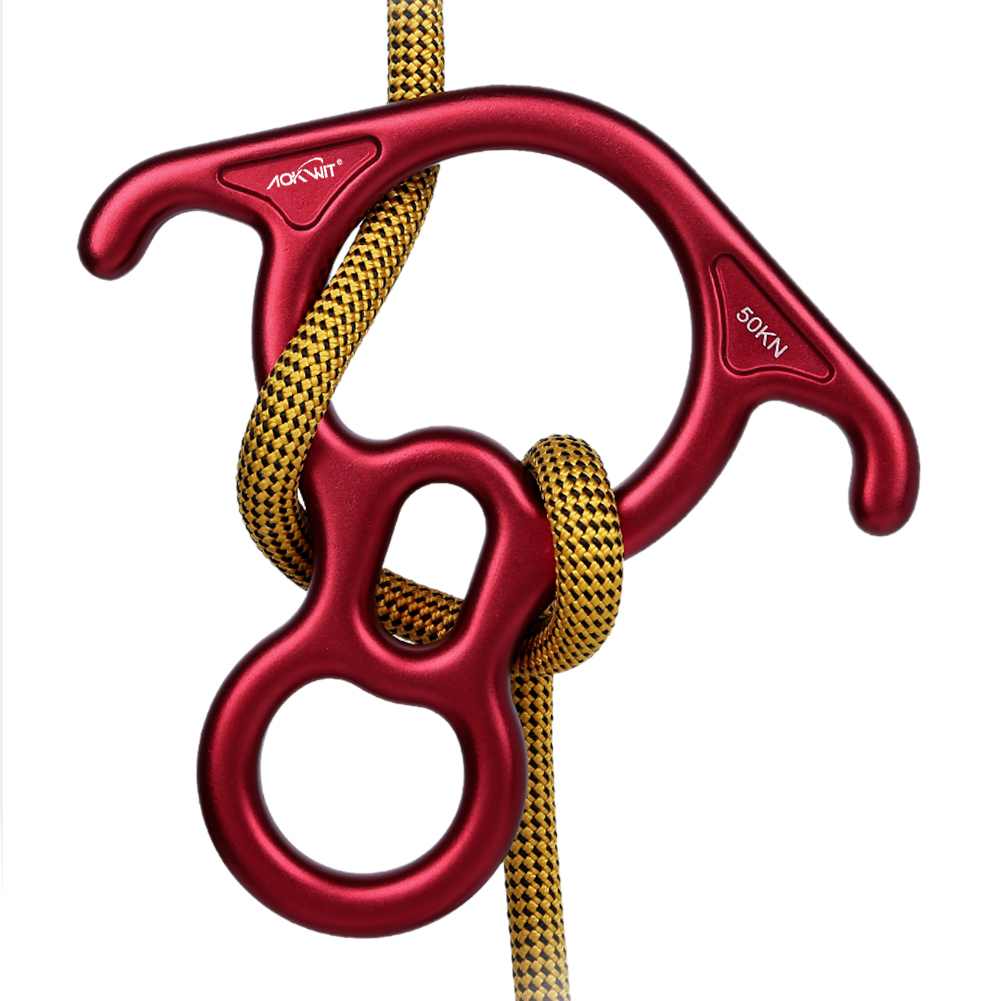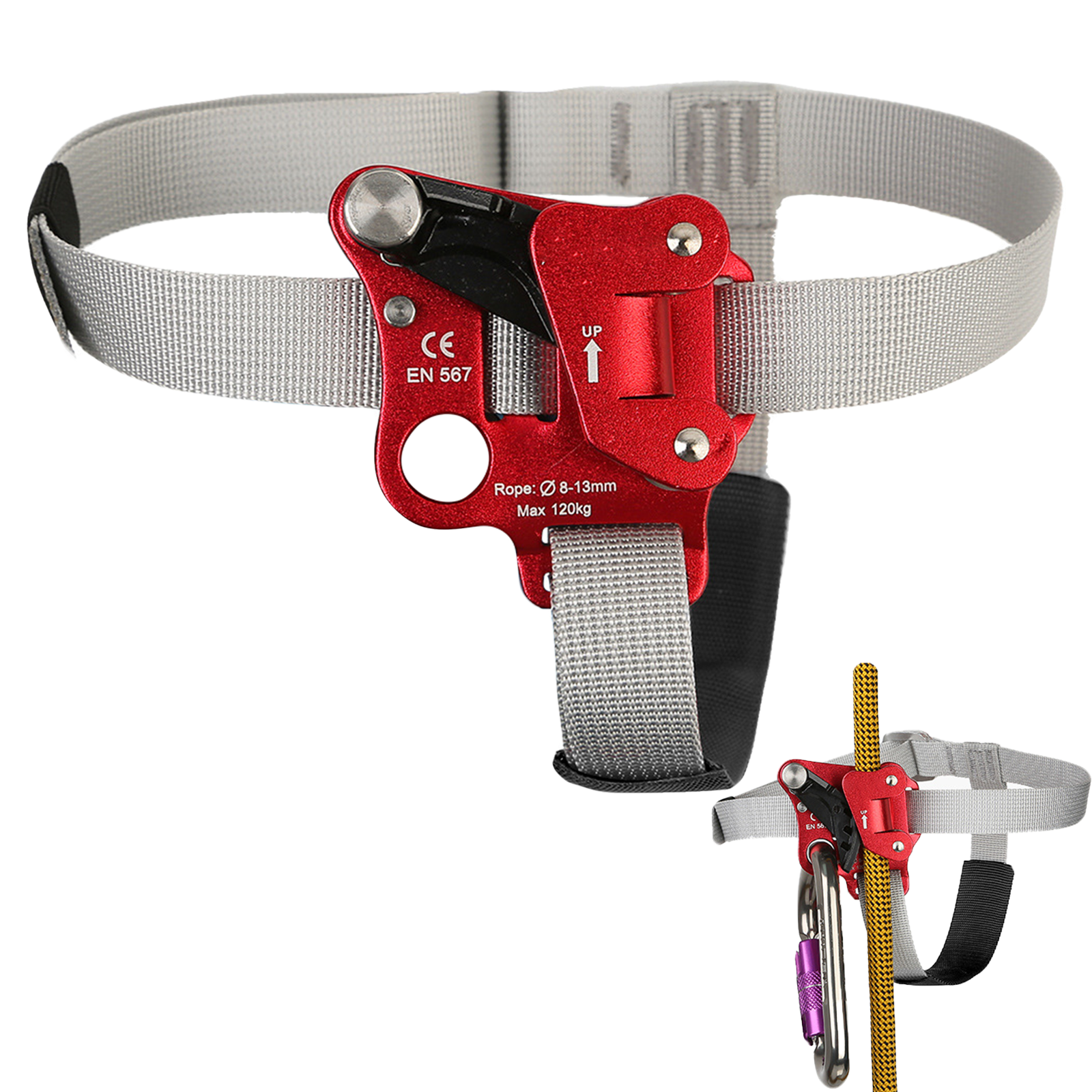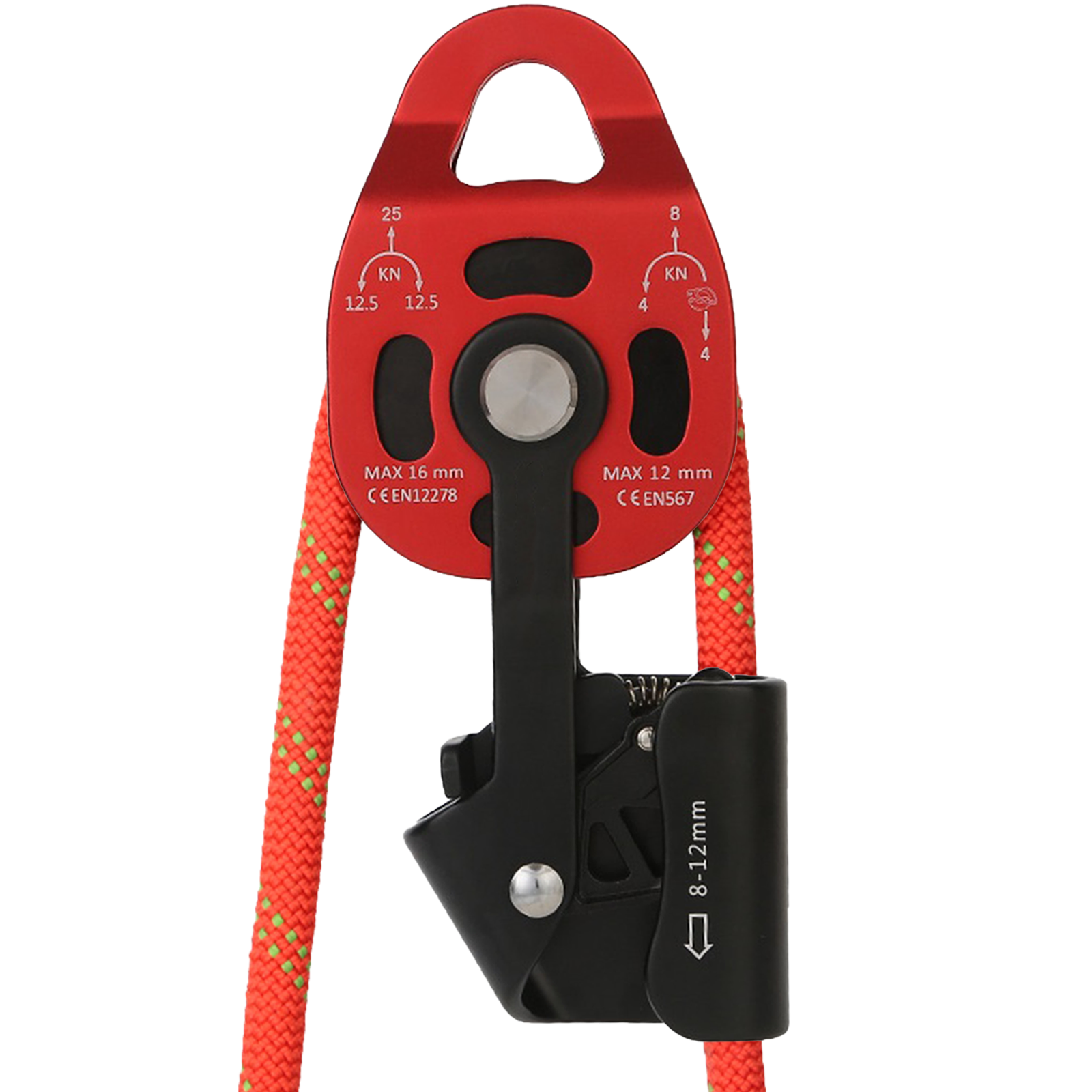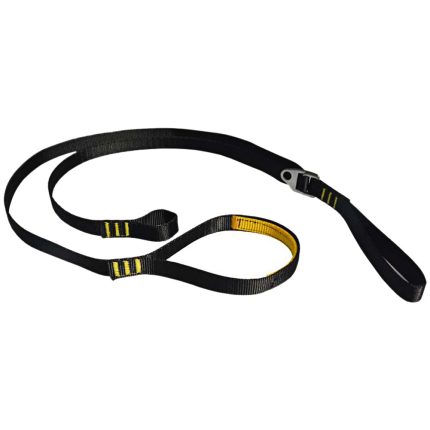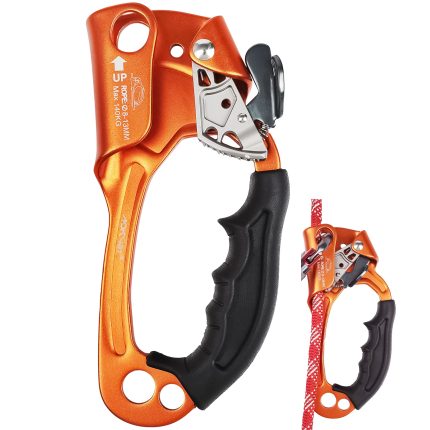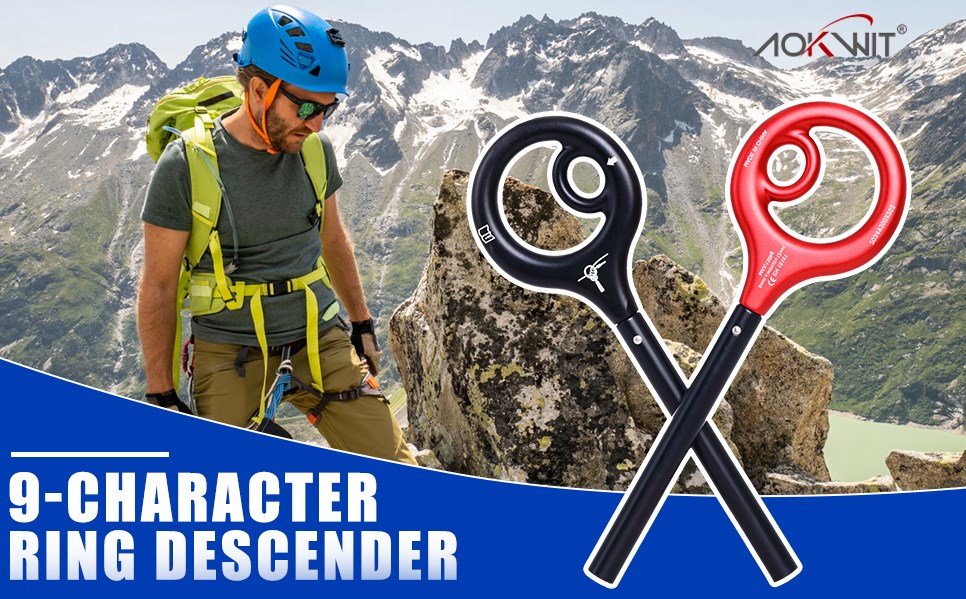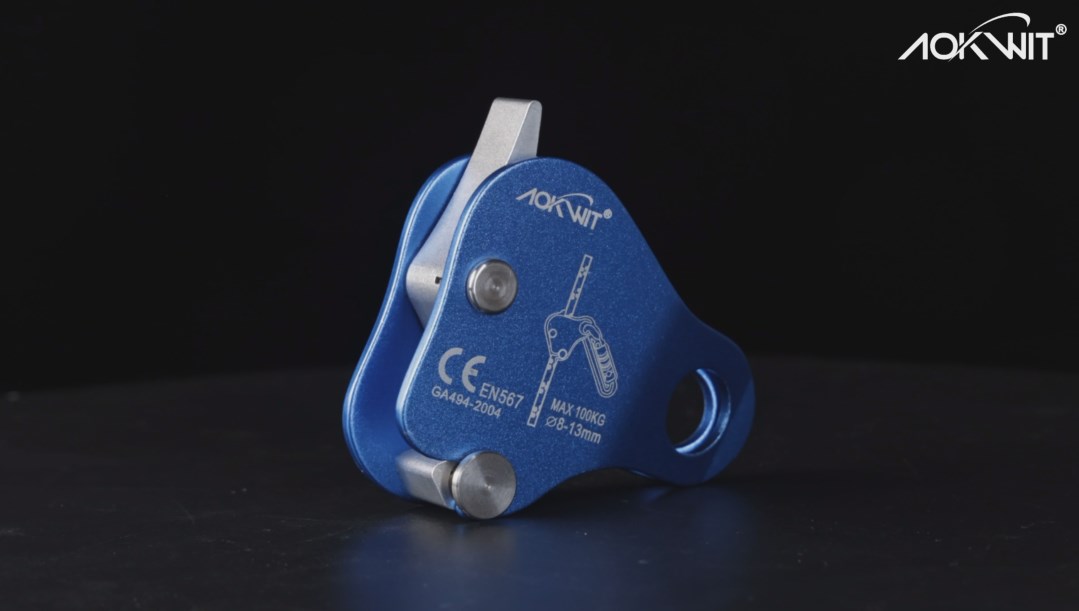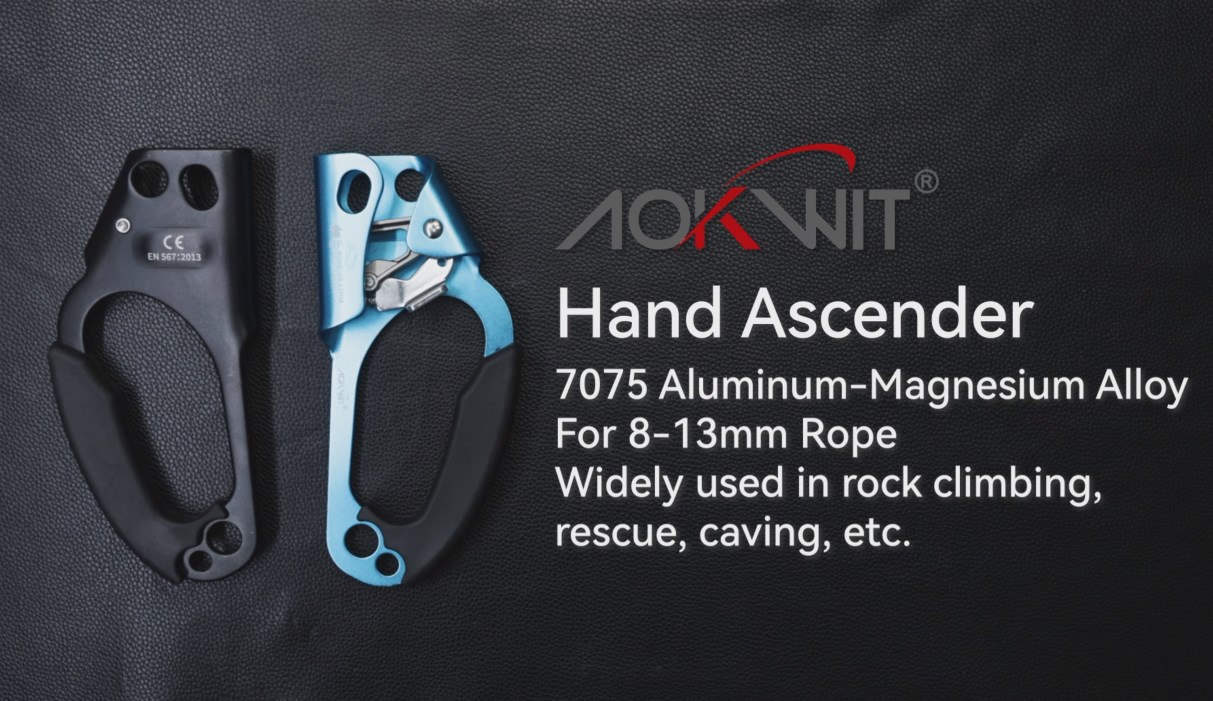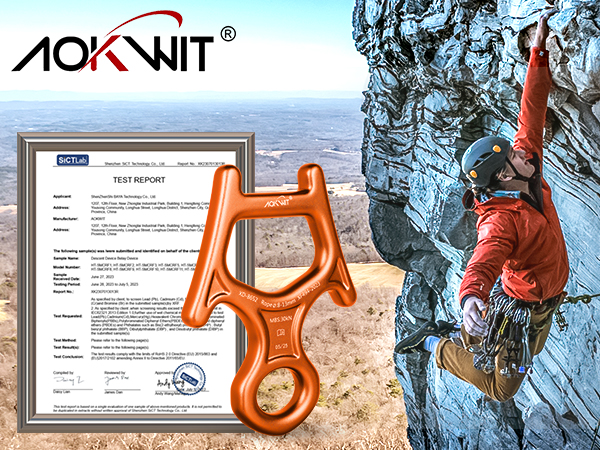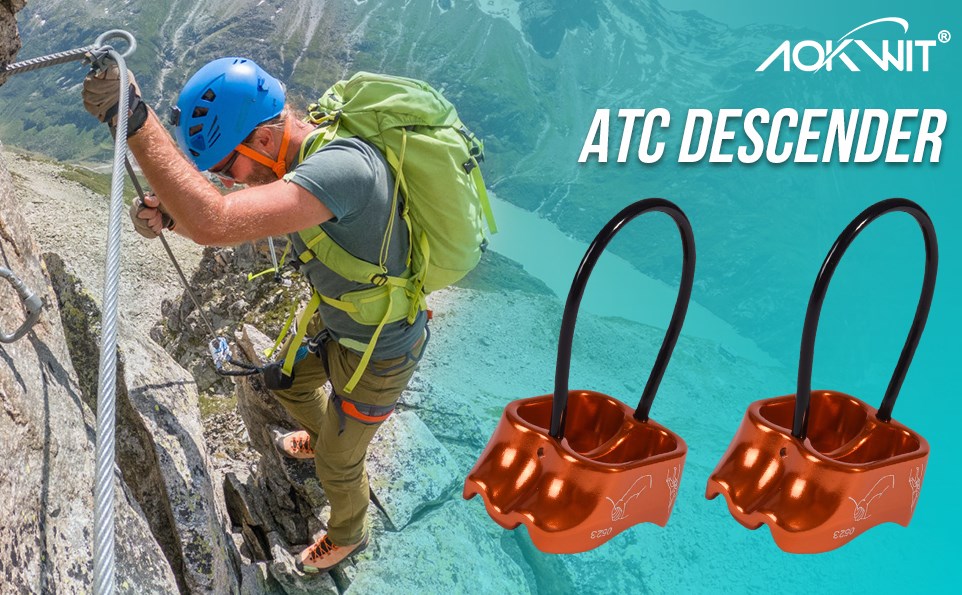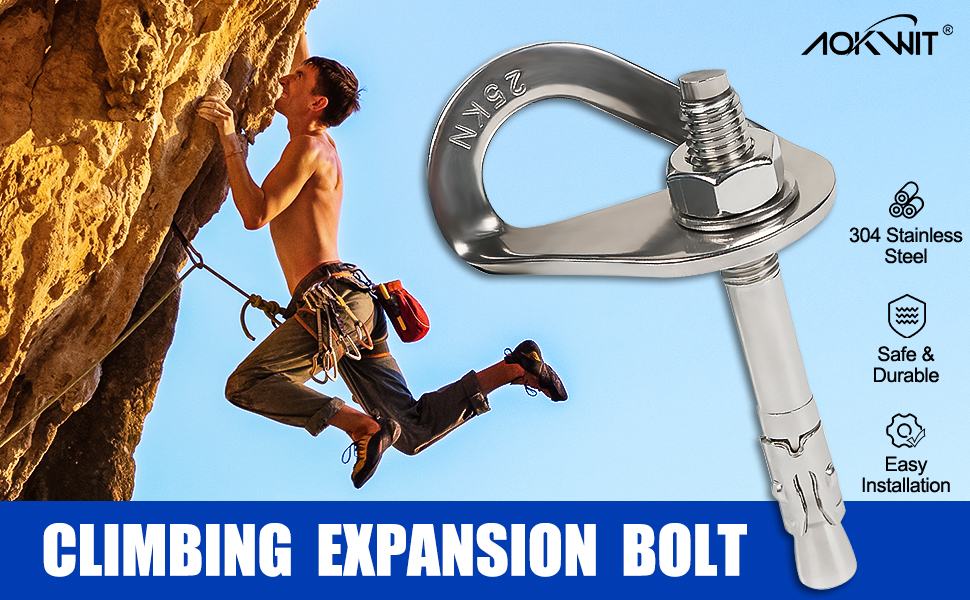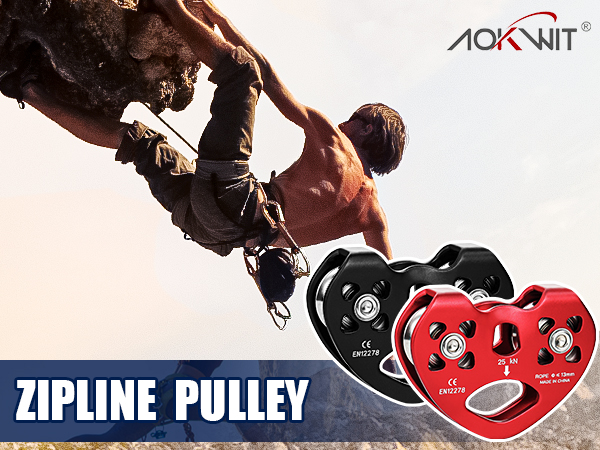Understanding Climbing Equipment — Classification and Characteristics of Belay Devices
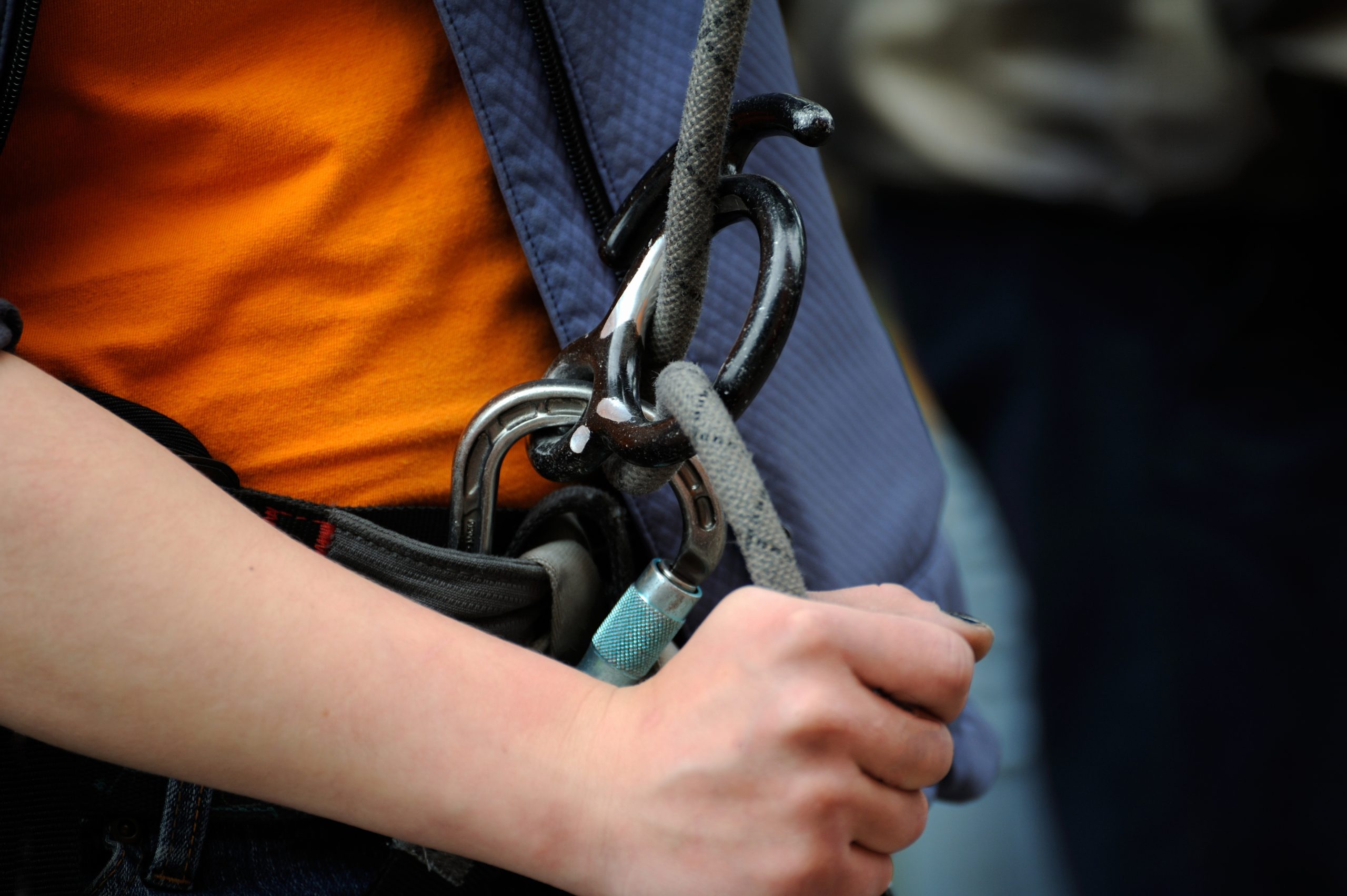
Currently, the belay devices we commonly see mainly fall into three categories: Figure-8 Descenders, ATC-style Tubular Devices, and Assisted Braking Devices.
I. Figure-8 Descenders
Figure-8 descenders were the first generation of belay devices invented by climbers.
Their characteristics are a simple structure and straightforward operation.
Their rope diameter requirement is: ≥ 8mm and ≤ 13mm.
The applicable rope range is relatively broad, so the figure-8 has a very wide range of applications, including mountaineering, rock climbing, canyoning, rescue operations, and industrial work.
Figure-8s produced by different manufacturers also vary in shape, as shown in the figures below. The most original is the circular figure-8. Since the circular shape can easily cause the rope to twist and tangle during use, some manufacturers have made corresponding improvements to the shape to address this shortcoming.
For example:
The French company PETZL produces the Huit and Huit Antibrulure.
The Huit’s square shape design helps prevent the rope from curling and tangling, making it difficult to operate.
The Huit Antibrulure features a small handle; when friction causes the device to heat up, gripping the handle prevents hand burns.
Additionally, since the braking performance of the standard figure-8 is not very sensitive, PETZL also developed and produces the Pirana, which has multiple braking positions. Its braking performance is improved when used for rappelling.
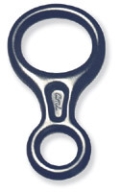
(Figure 1: Circular Figure-8)
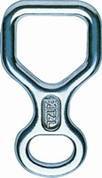
(Figure 2: Huit)
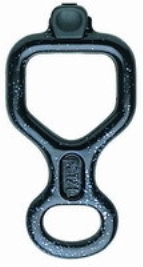
(Figure 3: Huit Antibrulure)
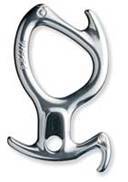
(Figure 4: Pirana)
Advantages of Figure-8 Descenders: Robust and wear-resistant, they work well even with stiffer ropes.
Disadvantages: Slightly bulky, and braking/locking performance is slightly inferior compared to other belay devices.
Suitable for: Quick belaying operations and fast rappelling.
II. ATC-Style Tubular Devices
ATC-style tubular devices offer very smooth rope feeding and taking in. The rope is less prone to curling and tangling, and the operation is simple. They can be used with single or double ropes, and their braking performance is superior to figure-8 descenders, making them very popular among climbers.
Products from different manufacturers have slightly different functionalities, so it is essential to carefully read the product manual before use.
Common ATC-style devices in China currently include: ATC, ATC XP, ATC Guide, REVERSO, REVERSINO, etc., as shown below.
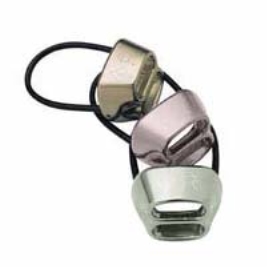
(Figure 5: ATC)

(Figure 6: ATC XP)
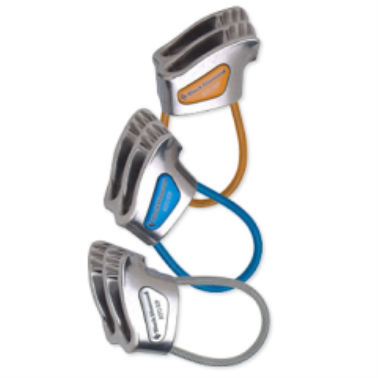
(Figure 7: ATC Guide)
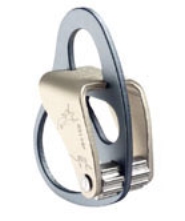
(Figure 8: REVERSO)

(Figure 9: REVERSINO)
ATC: The original ATC-style device produced by Black Diamond. Suitable rope diameter: 8.5mm to 11mm.
ATC XP: An improved version of the ATC. Friction on the brake strand can be adjusted by changing the rope direction. Suitable rope diameter: 8.1mm to 11mm.
ATC Guide: Performance is similar to the REVERSO. It is a device with an auto-locking mode. By changing the rope direction, it can accommodate ropes from 7.7mm to 11mm.
REVERSO & REVERSINO: Produced by PETZL, these devices incorporate significant improvements based on the ATC concept.
Besides the basic belaying mode, their most important feature is the addition of the auto-locking mode. When a climber falls, the force pulling the rope presses the free end of the rope against the REVERSO, creating a braking action.
Friction can also be adjusted by changing the threading direction or the carabiner orientation for better control.
REVERSO suitable rope diameter: 8mm to 11mm.
REVERSINO suitable rope diameter: 7.5mm to 8.2mm.
Due to their superior braking performance compared to figure-8 descenders, ATC-style devices are widely used for rock climbing and ice climbing belays.
III. Assisted Braking Devices
GRIGRI: Produced by PETZL, this is a device with a mechanical braking structure, as shown below.
It is used for single rope belaying and rappelling. Suitable rope diameter: 10mm to 11mm.
Its greatest advantage is its automatic braking system. Designed entirely with safety in mind, it significantly enhances operational safety.
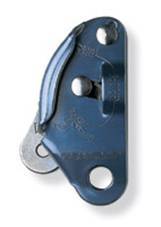
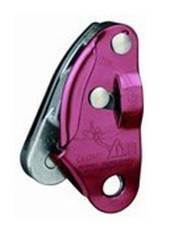
(Figure 10: GRIGRI)
Compared to figure-8 and ATC-style devices, assisted braking devices are slightly more complex to operate.
Rope installation direction is strictly defined, distinguishing the climbing end and the brake end.
When the climbing end is suddenly loaded, the cam rapidly rotates and pinches the rope, causing it to stop.
Rope feeding and handling also have specific requirements: during belaying, the brake strand must always be held in hand; releasing it is strictly prohibited.
Rappelling speed is controlled by operating the handle while simultaneously holding the brake strand.
1. Dedicated Descenders and Their Characteristics
Belay devices can also be used for rappelling besides belaying. Additionally, there is a category of devices dedicated solely to rappelling.
These descenders are specifically designed for rappelling and are generally not used for belaying during climbing. Being dedicated to rappelling, their descent and locking functions are often superior.
Common dedicated descenders include: STOP, SIMPLE, and RACK, as shown below.

(Figure 11: STOP)

(Figure 12: SIMPLE)



(Figure 13: RACK)
STOP: Used for single rope rappelling. Features an operating handle; releasing the handle activates the auto-stop system. Holding the handle appropriately while pulling the rope tail controls descent speed. STOP requires rope diameters between 9mm and 12mm.
SIMPLE: Used for single rope rappelling. Descent speed is controlled by pulling the rope tail. Ideal for use in narrow crevasses. SIMPLE requires rope diameters between 9mm and 12mm.
RACK: Can be used for single or double rope rappelling. Speed can be adjusted based on rope and load conditions. Provides even friction, protecting the rope. The rope does not tangle during descent.
For single rope: rope diameter between 9mm and 13mm.
For double ropes: rope diameter between 8mm and 11mm.
2. Types and Characteristics of Ascenders
Ascenders are primarily used for ascending a rope or hauling loads.
Based on their purpose, ascenders can be classified as: Handled Ascenders, Chest Ascenders, Footloop Ascenders (or Pantins), and Multi-purpose Ascenders.
Below are introductions to several ascender products from PETZL.

(Figure 14: ASCENSION)

(Figure 15: CROLL)
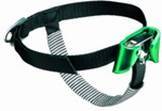
(Figure 16: PANTIN)
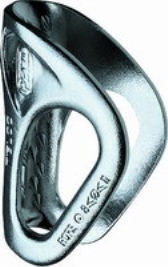
(Figure 17: TIBLOC)
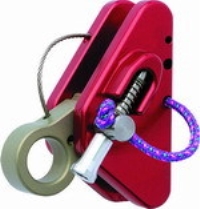
(Figure 18: MICROCENDER)
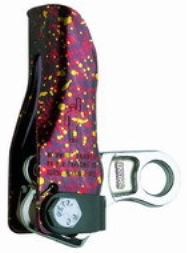
(Figure 19: SHUNT)
ASCENSION (Handled Ascender): For ascending fixed single ropes from 8mm to 13mm. Ergonomically designed for one-handed installation on the rope. Provides an optimal handgrip, aligning the wrist with the pulling direction. An elastic rubber handle ensures comfortable grip. The chrome-plated steel cam has angled teeth to grip wet, icy, snowy, or muddy ropes. Available in left-hand and right-hand versions.
CROLL (Chest Ascender): For ascending single ropes from 8mm to 13mm. Can be used in combination with a handled ascender.
PANTIN (Footloop Ascender): Used together with the CROLL and ASCENSION ascenders, making rope climbing easier. Keeps the body upright during ascent, enabling faster and less tiring climbing. Features an auto-locking buckle for easy adjustment. Note: PANTIN is not a protection device; it is solely an aid for rope climbing. Used on the right foot. Suitable for single ropes from 8mm to 13mm.
TIBLOC (Compact Ascender): Small and lightweight for easy carrying. Suitable for single ropes from 8mm to 11mm. Can be used in pulley systems, rope ascents, etc. Used with a locking carabiner with a round or oval cross-section of 10mm or 12mm.
MICROCENDER (Ascender): For single ropes from 9mm to 13mm. Used for self-belaying, pulley systems, or hauling loads. Slides easily upward but locks effectively downward.
SHUNT (Ascender/Belay Backup Device): For single ropes (10mm-11mm) or double ropes (8mm-11mm). Can be used for rope ascents or as a mechanical alternative to an auto-block knot (Prusik). Installed below a rappel device as a backup; it will lock the rope if the hand releases the brake strand during descent.
